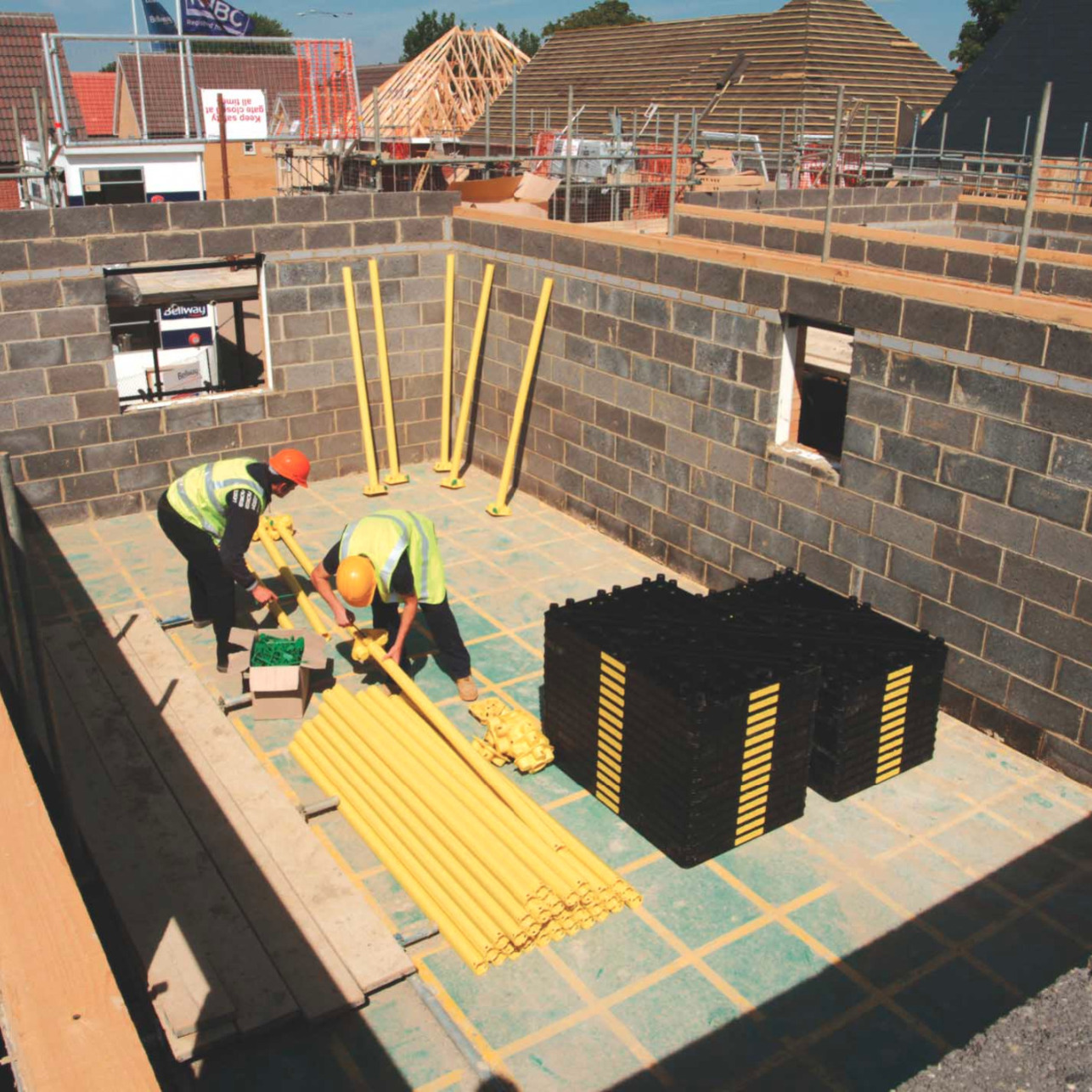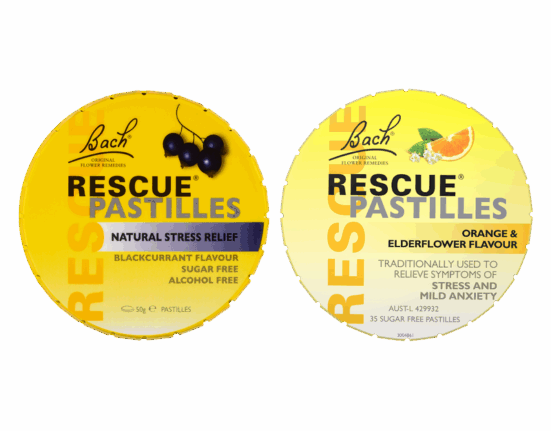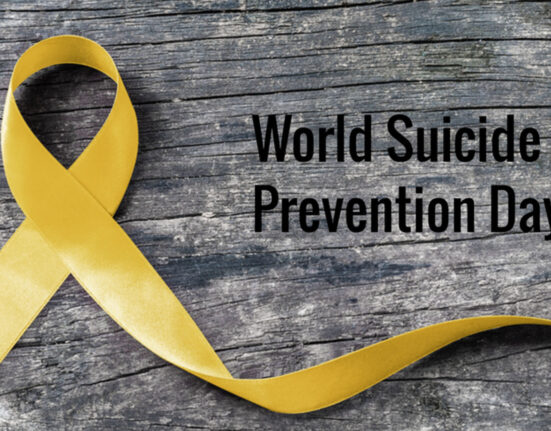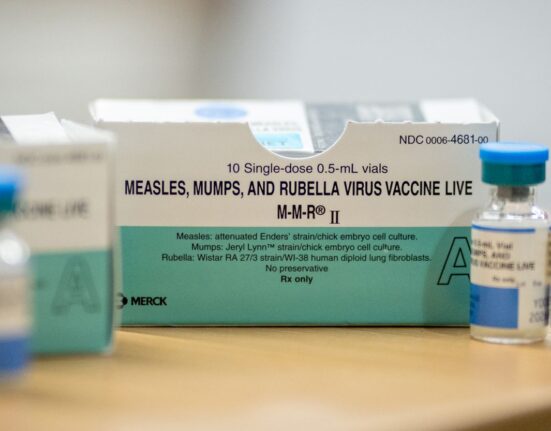Amidst the ever-evolving landscape of healthcare, a recent shift in fall prevention guidelines has sparked conversations and brought about significant changes. The latest update, marking a departure from the traditional numerical fall risk scoring system, now places a stronger emphasis on personalized, evidence-based preventive measures tailored to individual needs.
According to the Australian Commission on Safety and Quality in Healthcare, the revised guidelines underscore the importance of collaboration between individuals, their families, and healthcare providers in mitigating fall risks among older adults. As Laura Andronicos reports, this represents a pivotal moment in enhancing care for seniors across the country.
The updated recommendations urge general practitioners to conduct annual screenings using validated falls risk assessment tools for all older patients. By identifying each patient’s care goals and focusing on preserving independence and quality of life, healthcare professionals can better tailor interventions to address specific needs effectively.
“It is crucial to involve carers and family members based on the preferences of older individuals,”
states one expert familiar with the new guidelines. Shared decision-making processes regarding fall prevention strategies are also highlighted as integral components of comprehensive care.
Furthermore, health literacy assessments are recommended to ensure that educational efforts are catered to each individual’s understanding and communication preferences. This step aims to empower older adults with knowledge that can aid them in actively participating in their care plans.
The guidelines also shed light on key risk factors associated with falls, such as alcohol-related harm, dietary considerations, and access to telehealth services. By addressing these elements proactively, healthcare providers can create holistic plans aimed at reducing falls among at-risk populations.
Individuals’ fall risk levels are categorized based on their history of falls per year – low risk (fewer than one fall), increased risk (one or more falls), or high risk (two or more falls). Notably, underreporting remains an issue as less than half of all falls are reported to healthcare professionals.
Every fall incident is deemed significant irrespective of injury severity; thus emphasizing reporting and review processes after each occurrence becomes paramount. This collective approach ensures that even seemingly minor incidents do not go unnoticed or unaddressed.
In addition to community-dwelling seniors being urged to engage in tailored exercise routines aimed at enhancing balance and strength training habits should be cultivated among residents identified as high-risk within aged care settings. These structured programs play a vital role in preventing future falls by improving overall physical well-being.
“The focus on ongoing support for regular exercise participation is crucial,”
emphasizes a seasoned physiotherapist familiar with geriatric care practices. Consistent engagement with exercises designed by experts like physiotherapists is imperative for sustained positive outcomes over time.
Moreover, recommendations around osteoporosis management stress the importance of prescribing appropriate medications for individuals diagnosed with this condition or having a history of minimal trauma fractures. Dietary modifications promoting adequate calcium intake further complement these therapeutic strategies aimed at strengthening bone health.
Vision impairment due to conditions like cataracts poses significant fall risks among older adults; hence timely referrals for cataract surgery remain critical preventive measures outlined in the guidelines. Similarly, home safety assessments conducted by occupational therapists serve as proactive steps towards identifying environmental hazards contributing to falls within community dwellings.
For those living with mobility challenges or visual impairments post-hospital discharge tailored home interventions become essential safeguards against potential accidents occurring within familiar surroundings…
As Australia’s population continues aging trends suggesting rising incidences of falls necessitate proactive measures aligning with evidence-based practices outlined in these updated guidelines…








Leave feedback about this